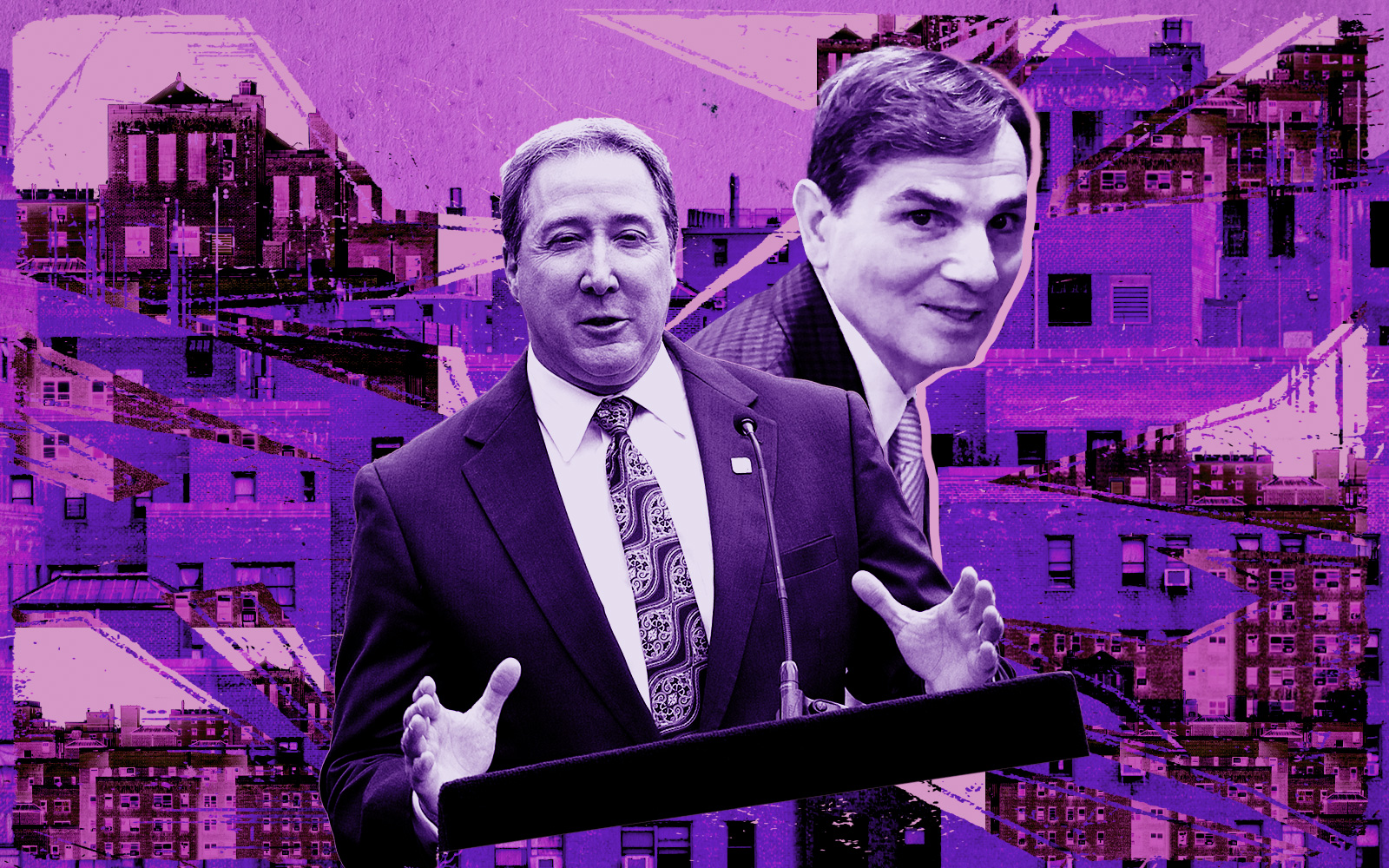As spring fears around bank-run contagion fade, M&T Bank emerged from the murk to report a stabilized deposit base and earnings growth.
But office distress rose in the second quarter as a pain point on the bank’s balance sheet.
Buffalo-based M&T reported that net charge-offs — a measure of debt unlikely to be paid off — spiked 156 percent year-over-year to hit $127 million in the second quarter.
Three office buildings in downtown New York City and Washington, D.C., plus one large health care company in New York state drove that uptick, Chief Financial Officer Daryl Bible said on a Wednesday morning earnings call.
The bank’s dollar volume of foreclosed assets rose nearly 50 percent to $43 million in the quarter, up from $29 million a year ago.
Even as prominent office landlords have grappled with loan defaults, and in some cases opted to hand back keys on defunct properties, banks by and large have yet to write down losses.
Analyst Brent Erensel of Portales Partners asked Bible how the firm had handled the uptick in troubled office debt.
“Some of these big names are just mailing in the keys. Are you experiencing that as well?” Erensel asked.
Bible said clients were “really holding in there” and though owners might have one troubled asset, most were willing to work to throw in more capital on struggling properties.
The Real Deal previously reported that banks with the cushion to cover losses have pushed some office owners to deal with distressed debts now, either through foreclosure, in which the bank sells the property, or short sales, in which the landlord does.
New York City office properties are projected to shed 44 percent of their pre-pandemic value by 2029, meaning loan losses will be greater the longer owners and lenders wait to work out distressed deals.
M&T, in a presentation last week, said office loans represent just 4 percent of its total loan book and New York City office loans comprise less than 1 percent.
The overwhelming majority of that debt matures in 2025 or later, a buffer for when the bank will need to write down bad debts. Plus, the bank reported that the overwhelming majority of its permanent commercial real estate loans are conservatively leveraged at a 70 percent loan-to-value ratio or lower.
Still, Bible said M&T has only reappraised 50 percent to 60 percent of its commercial real estate loan book, starting with larger loans, but that it reviews all loans in its “criticized bucket” — debt flagged for an elevated risk of default — every quarter. That means the health of some office loans may turn out to be worse than M&T’s books show now.
“Valuations are coming in and, you know, we’re doing the best we can with the information we have,” Bible said.
The firm bumped its provision for credit losses to $150 million in the second quarter, a 25 percent jump over first quarter, to reflect the forecasted decline in commercial real estate values, its earnings report noted.
Meanwhile, M&T has made fewer commercial real estate loans as higher rates have created a bid-ask divide that has sidelined deals. Tighter credit conditions following the bank collapses and a run-up in interest rates have also stymied lending.
The firm’s real estate loan book shrunk 5 percent year-over-year to $44.6 billion in the second quarter. Growth in each of the bank’s other loan buckets, which include consumer and residential mortgages, offset that decline. Total loans grew 4 percent annually.
Meanwhile, deposits fell 5 percent in the second quarter from the year prior to land at $162 billion.
Banks typically earn more on loan interest than they pay out on customer deposits. The differential drove net income to hit $867 billion in the second quarter, about a 300 percent jump from the same period in 2022.
Correction: An earlier version of this article mischaracterized M&T Bank’s progress in reviewing its commercial loan portfolio.
Read more


Diluted earnings clocked in at $5.05 per common share, a 368 percent increase year over year.
Though the firm characterized deposits outflows as in line with industry trends, it said it expected “intense competition for deposits in the face of industry-wide outflows.”
“We remain focused on growing and retaining deposits,” Bible said.
More liquidity will also offer a bigger cushion for losses as commercial real estate loans mature and distress ramps up.
